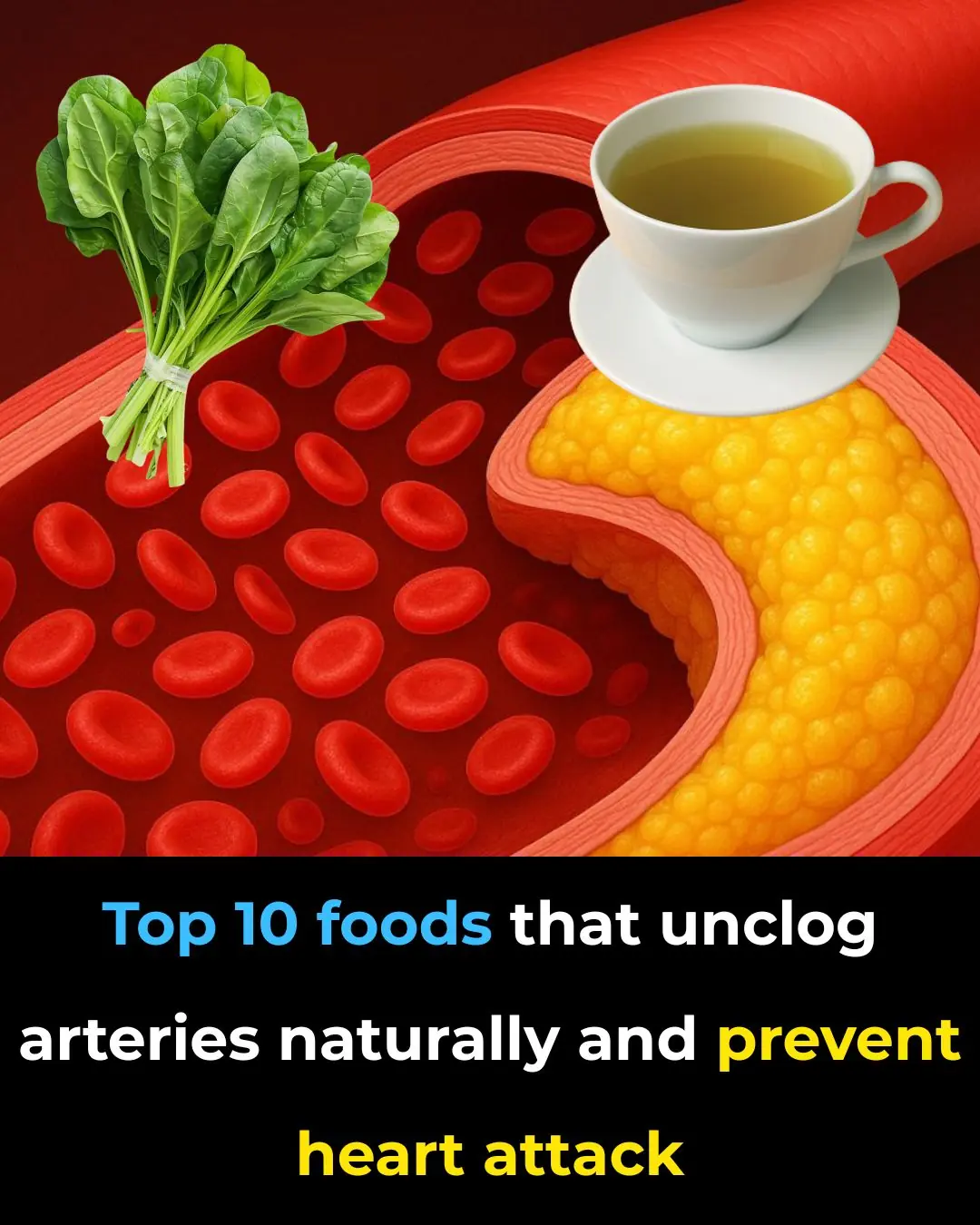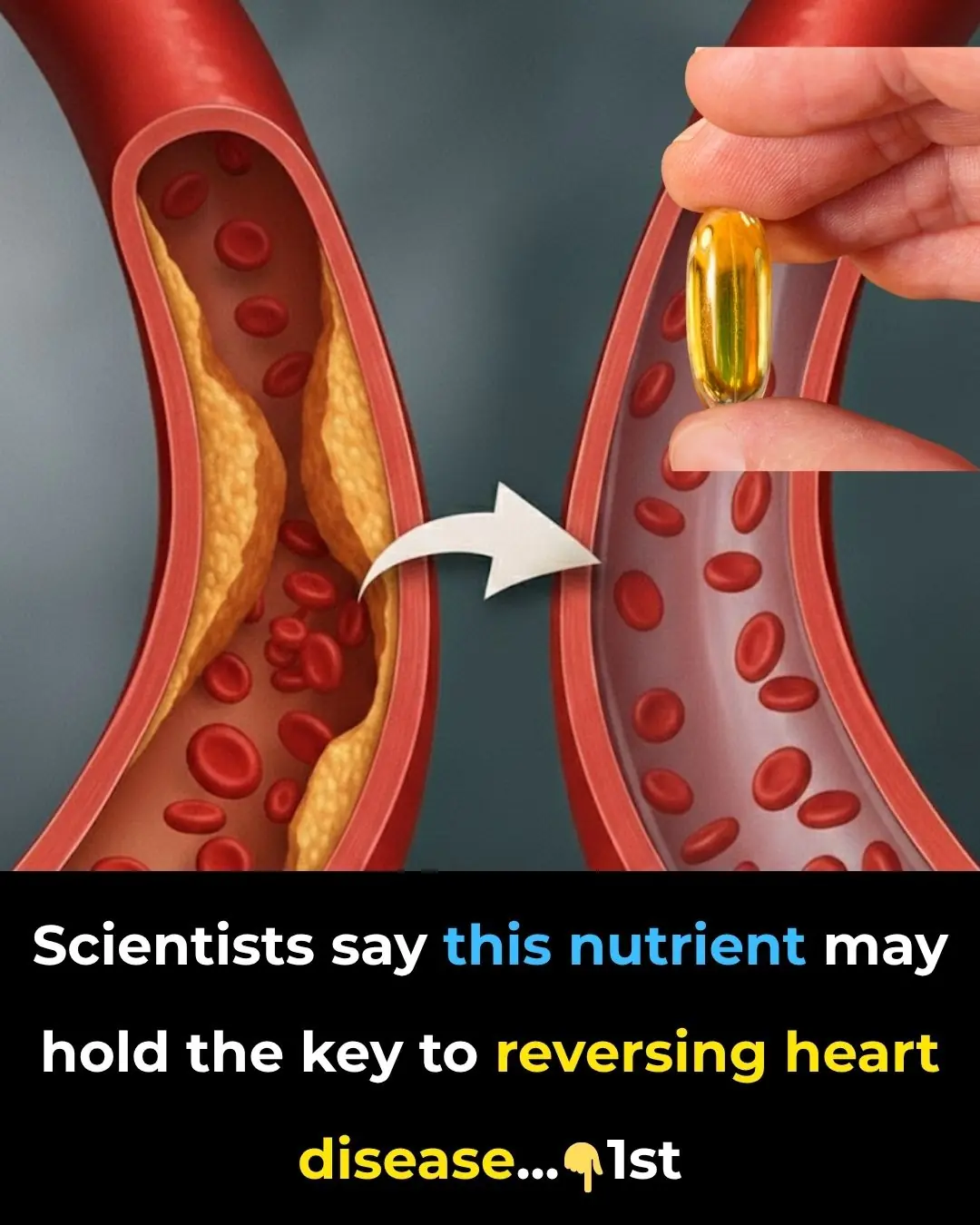
Top 3 Foods to Prevent Leg Cramps in Seniors: Strengthen Your Legs Naturally!



Have you ever found yourself waking up suddenly in the middle of the night because of a sharp, unexpected leg cramp? Or perhaps you’ve dealt with ongoing muscle stiffness that makes even simple daily tasks feel overwhelming. If so, you’re definitely not alone. Leg cramps are extremely common—especially among seniors—and while they may seem harmless, they can quickly turn into a frustrating and painful problem.
Here’s the encouraging part: your diet can play a powerful role in preventing cramps, improving circulation, and helping your muscles relax naturally. In this expanded guide, we’ll break down the top three superfoods that can help older adults stay cramp-free, maintain stronger muscles, and even improve mobility and balance over time.
Let’s dive in and discover how to fuel your body for better muscle performance and long-term leg health!
➡️3. Eggs: The Muscle-Repair Powerhouse
Eggs are often called nature’s multivitamin, and for good reason. They’re packed with vital nutrients that support nearly every system in the body—especially your muscles. Here’s a closer look at why eggs are so effective for preventing cramps in seniors.
Protein and Muscle Fatigue Prevention
Muscle fatigue is one of the most common triggers for cramps. When muscles don’t receive enough protein or become overworked, they tighten and spasm. Eggs are one of the most convenient and complete sources of high-quality protein, containing all nine essential amino acids your body needs.
As we age, we naturally lose muscle mass through a process known as sarcopenia, which increases the risk of weakness and cramping. A single large egg contains about 6 grams of protein—enough to noticeably support muscle fiber repair and help reduce fatigue.
Including eggs in your meals can help preserve muscle strength, improve mobility, and decrease the likelihood of painful nighttime cramps.
Vitamin D and Calcium Absorption
Vitamin D is crucial for both muscle performance and bone strength. Without enough vitamin D, muscles may feel weaker, slower, and more prone to cramping. Since many seniors spend less time outdoors, dietary sources of vitamin D become increasingly important.
Egg yolks naturally contain vitamin D, helping your body absorb calcium more efficiently and support muscle contraction and relaxation.
While eggs help, most seniors still need additional vitamin D from:
-
fortified dairy products
-
fatty fish such as salmon or sardines
-
supplements (with a doctor’s guidance)
Vitamin B12 and Nerve Health
Vitamin B12 is essential for proper nerve signaling. Low B12 levels can lead to tingling, spasms, and sharp cramps because nerves struggle to communicate with muscles.
Seniors are especially prone to B12 deficiency due to decreased stomach acid and common medications such as metformin or acid-reflux drugs. Eggs provide a digestible and reliable source of B12, plus choline—another nutrient that supports nerve insulation and healthy muscle communication.
How Many Eggs Should Seniors Eat?
Most seniors can safely enjoy 6–7 eggs per week. For individuals with high cholesterol or specific heart concerns, it’s wise to check with a healthcare provider first.
To maximize benefits, pair eggs with:
-
spinach or leafy greens
-
whole-grain toast
-
nuts or seeds
-
yogurt or fortified milk
This creates a nutrient-dense meal that supports overall muscle and nerve function.
➡️2. Bananas: The Potassium Powerhouse
When it comes to preventing leg cramps, bananas are often the first food people think of—and for a good reason. They’re rich in potassium, magnesium, and vitamin B6, all of which play key roles in muscle and nerve health.
Potassium and Muscle Function
Potassium helps regulate how muscles contract and relax. When levels drop too low (hypokalemia), muscle fibers become overly sensitive and cramp easily.
A medium banana contains around 420 mg of potassium—a significant contribution toward your daily needs.
Bananas help:
-
maintain smooth nerve signaling
-
prevent involuntary spasms
-
reduce dehydration-related cramps
-
balance electrolytes after sweating or exercise
Magnesium for Muscle Relaxation
Bananas also provide magnesium, a mineral responsible for calming muscle excitability and supporting energy production. This helps prevent tightness and nighttime cramping.
Many older adults have low magnesium intake, so bananas offer an easy, accessible source—especially when paired with nuts, seeds, or leafy greens.
Vitamin B6 and Nerve Support
Vitamin B6 helps regulate neurotransmitters, reduce inflammation, and support nerve-muscle communication. Seniors with low B6 levels are more likely to experience chronic cramping and slower muscle recovery.
Regular banana consumption provides a substantial boost for nerve function and muscle coordination.
How Many Bananas Should Seniors Eat?
Most seniors benefit from one banana per day. Those with frequent cramps may do well with two daily, but individuals with diabetes should pair bananas with protein or fiber to avoid sugar spikes.
➡️1. Nuts and Seeds: Small Foods With Big Muscle Benefits
While bananas get a lot of attention, nuts and seeds are some of the most powerful foods for preventing cramps. They’re rich in magnesium, potassium, antioxidants, and healthy fats—everything your muscles need to stay relaxed and strong.
Magnesium and Potassium-Rich Nutrition
Magnesium deficiency is one of the leading dietary causes of leg cramps in seniors. Nuts and seeds—especially pumpkin seeds, almonds, and pistachios—help restore these essential minerals efficiently.
A single ounce of:
-
pumpkin seeds provides 168 mg magnesium
-
almonds provide 77 mg magnesium
-
pistachios provide 290 mg potassium
These minerals support electrolyte balance, making cramps less likely.
Healthy Fats Improve Circulation
Poor circulation can trigger nighttime leg cramps. Nuts and seeds contain heart-healthy fats that improve blood flow, reduce inflammation, and help muscles receive oxygen and nutrients.
Omega-3 fats in walnuts and flaxseed are especially beneficial for long-term muscle performance and joint comfort.
Anti-Inflammatory Properties
Chronic inflammation can worsen muscle pain and increase spasms. Nuts and seeds contain antioxidants that help reduce oxidative stress, soothe muscle tissue, and support recovery.
How Much Should Seniors Eat?
A small handful—about 1 ounce of nuts or 2 tablespoons of seeds daily—is enough to deliver all the benefits without too many calories. They can be sprinkled on oatmeal, salads, yogurt, or blended into smoothies.
Eating a few nuts before bed may even reduce nighttime cramps due to steady magnesium release.
Final Thoughts: Nourish Your Muscles, Reduce Cramps Naturally
Incorporating eggs, bananas, and nuts & seeds into your diet is a simple yet powerful way to reduce muscle cramps and support stronger, healthier muscles. These foods deliver essential nutrients such as protein, potassium, magnesium, vitamin B12, and vitamin D—all critical for nerve function, muscle repair, and electrolyte balance.
Don’t forget the basics:
-
stay hydrated
-
stretch daily
-
maintain a balanced diet
-
get regular light exercise
Your muscles—and your mobility—will thank you.
If this guide helped you, share it with someone who may benefit. Stay active, stay informed, and enjoy a cramp-free life!
News in the same category


Scientists Achieve Breakthrough in Reversing Human Skin Cell Aging by 30 Years: A New Era for Anti-Aging and Regenerative Medicine

Eating Eggs Weekly May Reduce Alzheimer’s Risk by 47%: What New Research Reveals

The best way to lower blood sugar fast!

Signs of pancreatic cancer you should never ignore

5 Herbs Your Liver Wished You’d Start Eating More Often (Or At Least Try!)

Top 10 foods that unclog arteries naturally and prevent heart attack

Top 10 Uric Acid Foods To Avoid If You Have Gout

The natural ingredient that helps you sleep through the night and boosts fat burning

Your Feet Are A ‘Blood Sugar Meter’ – Beware Of Diabetes If You Frequently Experience These 12 Symptoms

What are the symptoms of diabetes?

Shoulder Pain from Sleeping: Causes, Solutions and More

6 Trigger Foods That Cause Agonizing Pain If You Have Neuropathy

Early Signs of Kidney Disease & How to Protect Your Kidneys

A Gentle Drink for Circulation, Balance, and Heart Wellness

5 Herbs Your Liver Wished You’d Start Eating More Often (Or At Least Try!)

This one vitamin could help stop you from waking up to pee every night

Scientists say this nutrient may hold the key to reversing heart disease
News Post

April in danger: Fans think unlikely character will rescue her after tense Emmerdale scenes

The Man in Dust and the Princess in Pink.

The Day Colin Farrell Chose Love Over Wildness.

The Man Who Began His Life in Chains and Ended It as an American Art Legend.

All-new Emmerdale spoilers for next week: Horrifying death twist for Bear and Robert plots to get rid of Kev for good

Unlock Energy Savings: How Proper Use of Your Refrigerator’s Temperature Control Button Can Cut Costs

Eggs in Pregnancy: How They Can Supercharge Your Baby’s Brain Development

Scientists Achieve Breakthrough in Reversing Human Skin Cell Aging by 30 Years: A New Era for Anti-Aging and Regenerative Medicine

Eating Eggs Weekly May Reduce Alzheimer’s Risk by 47%: What New Research Reveals

The Little Warrior and the Leather-Clad Angels.

The Miracle in the Storm.

A Blanket in the Cold.

Experts reveal 10 baby names parents should avoid in 2026 as popular names that are set to go extinct revealed

The Real Reasons Men Stay in Relationships With Women They Don’t Love

The best way to lower blood sugar fast!

Signs of pancreatic cancer you should never ignore

Ariana Grande’s ‘Wicked’ costar speaks out after Singapore attack on actress: ‘You’re a bad person’

‘Jada Bout to Set That Red Table’: Jada Pinkett Smith Fans Warn Rapper Yo-Yo Over Her Shocking Confession About Tupac

Not Tea or Coffee: The “Golden” Drink That Protects the Heart and Prevents Stroke in People Who Sit a Lot
